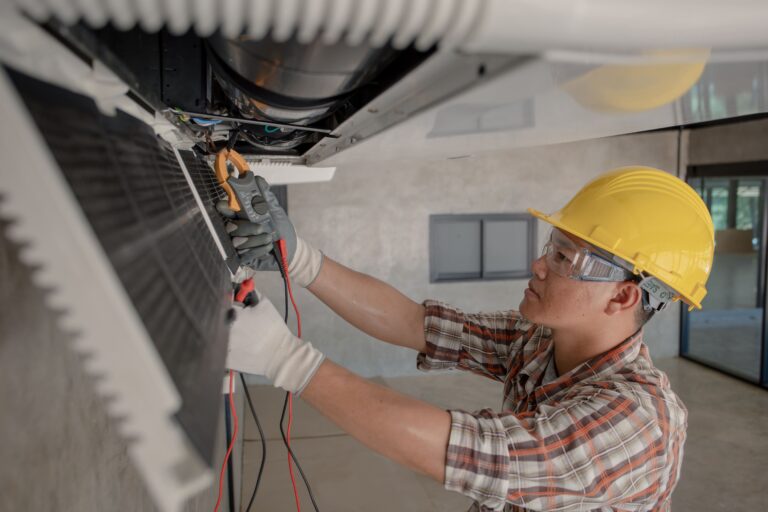February 6, 2008—The State of Hawaii and the US Department of Energy (DOE) have formed a partnership that will work towards dramatically shifting Hawaii’s energy system from one that is fueled primarily by oil to one that is powered primarily by renewable energy. The joint Hawaii Clean Energy Initiative (.pdf file) aims to have 70% of all of Hawaii’s energy needs generated by renewable energy sources by 2030, cutting crude oil consumption in the state by 72%.
Through the new partnership, DOE will help Hawaii to develop its renewable energy resources, including wind, biomass, solar, ocean, and geothermal energy. The partnership will focus on both public and private sectors, and will simultaneously target various energy efficiency opportunities.
DOE and Hawaii also aim to design cost-effective approaches to using renewable energy exclusively on the smaller islands; design systems to improve the stability of electric grids operating with variable generating sources; minimize energy use and maximize energy efficiency at military housing developments; and expand Hawaii’s ability to use locally grown crops and byproducts for fuels and electricity.
In early January, Hawaii announced plans to install solar photovoltaic power systems at 12 locations around the state. The systems will have a combined capacity to produce as much as 34 megawatts of solar power. Eleven solar power systems will be installed at facilities owned by the state’s Department of Transportation (DOT), including seven airports, and one will be installed at the Hawaii Foreign-Trade Zone in downtown Honolulu.




